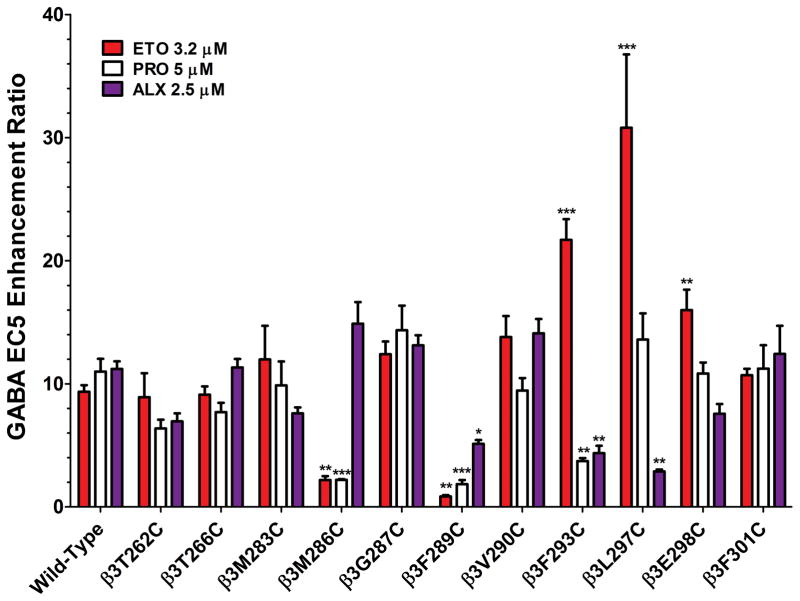Fig 2. Modulation of wild-type vs. cysteine-substituted GABAA receptors by etomidate, propofol, and alphaxalone.
Each bar represents mean ± sem results (n ≥ 4) of experiments quantifying the anesthetic enhancement of GABA EC5 responses in wild-type and 11 cysteine substituted mutants. The drug concentrations are each 2 x EC50 in tadpole loss of righting reflexes assays and similarly modulate wild-type receptor currents: 3.2 μM etomidate (ETO, red); 5 μM propofol (PRO, white); and 2.5 μM alphaxalone (ALX, purple). Of note, EC5 GABA concentrations were established in comparison with maximal GABA responses. Thus, in mutants where maximal GABA efficacy is low (Table 2), enhancements ratios greater than 20 are possible. Statistically significant differences from wild-type results are indicated by * p < 0.05, ** p < 0.01, or *** p < 0.001.

